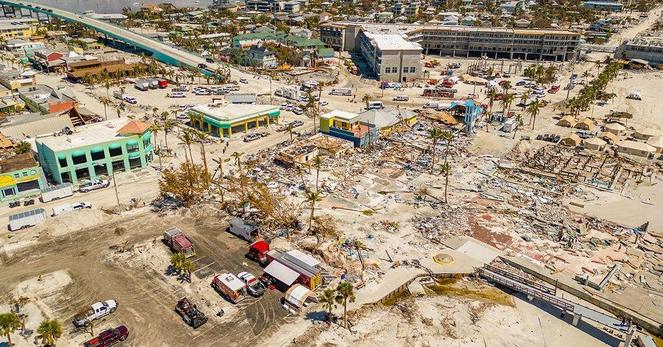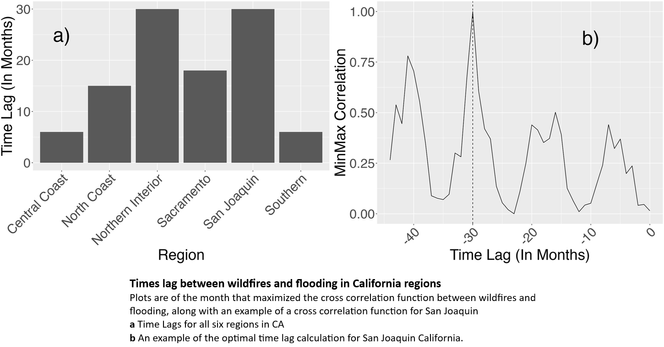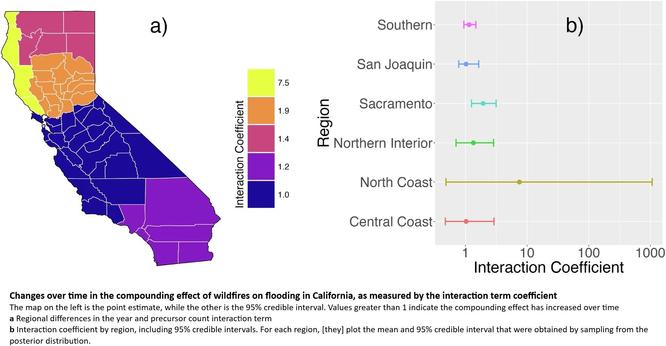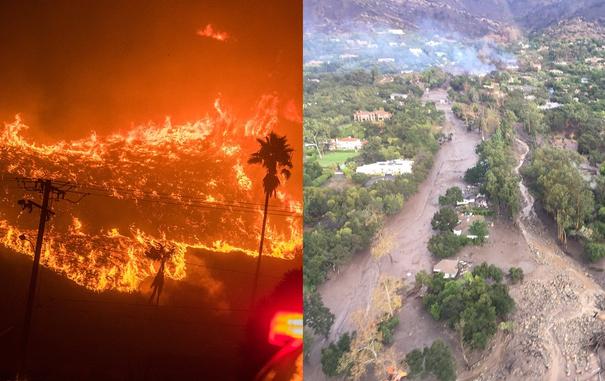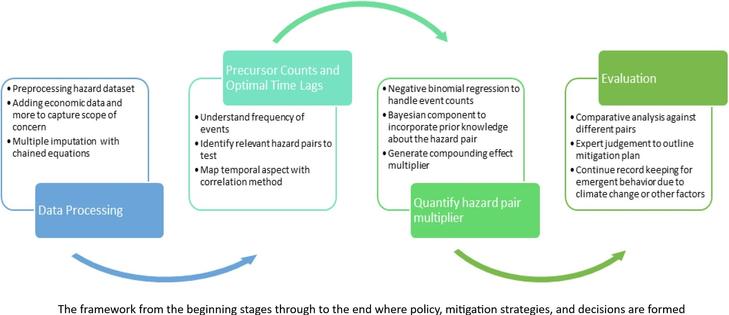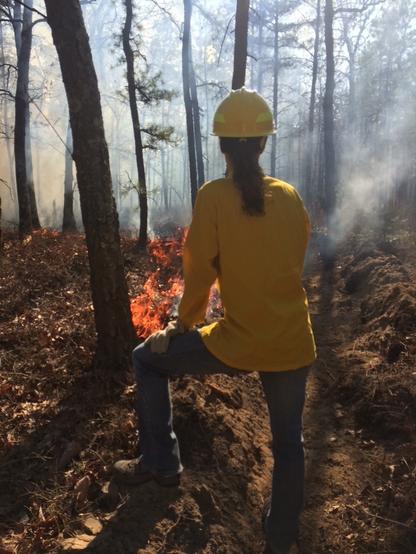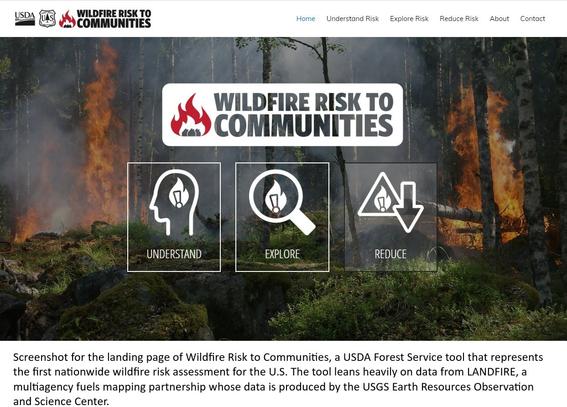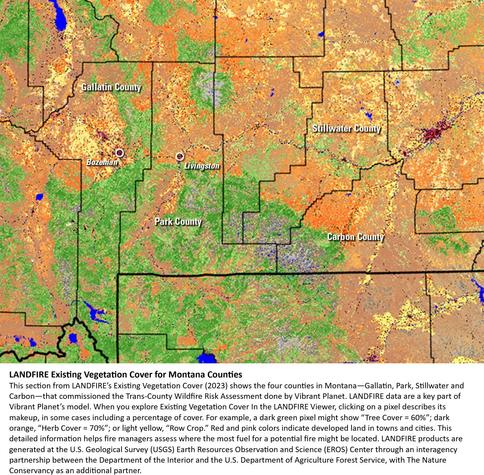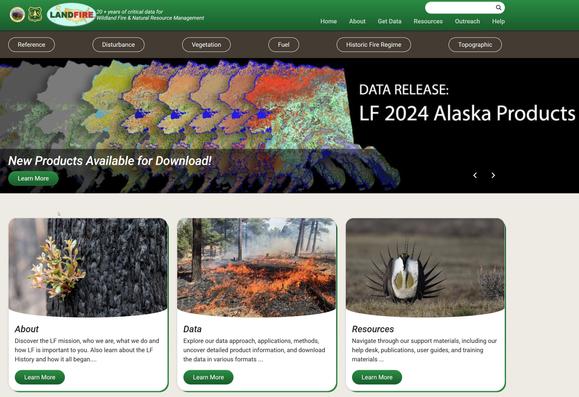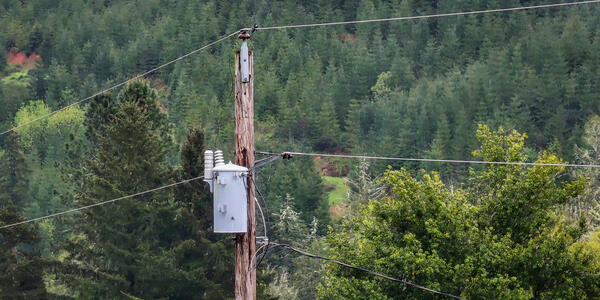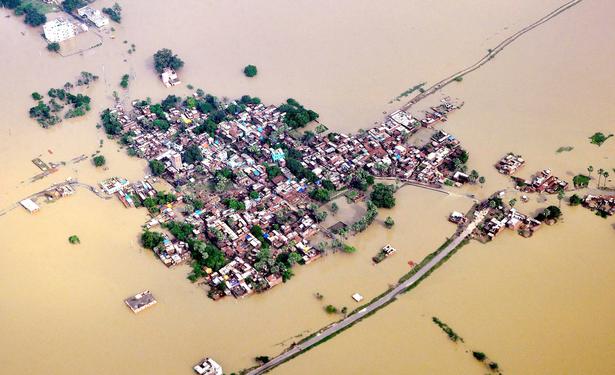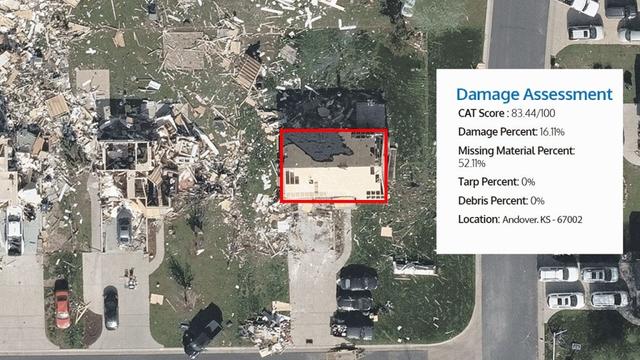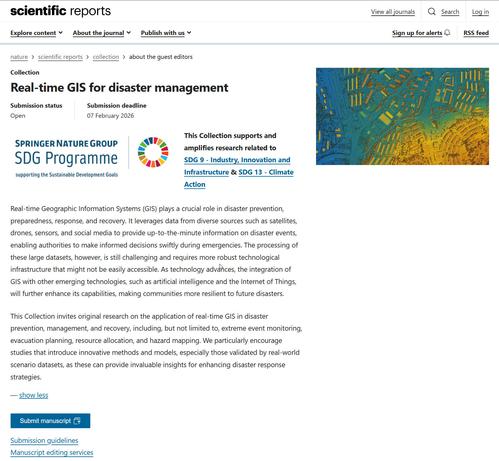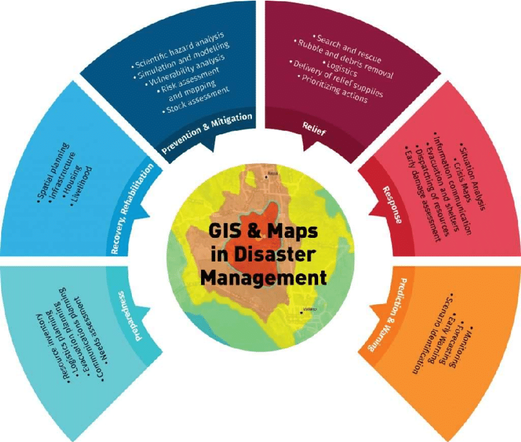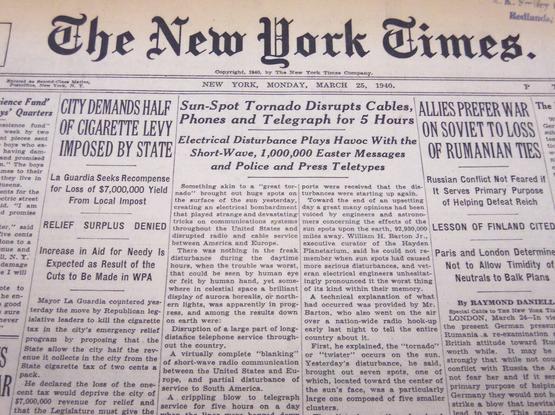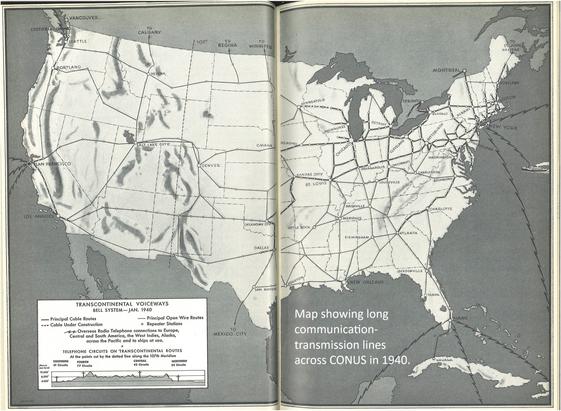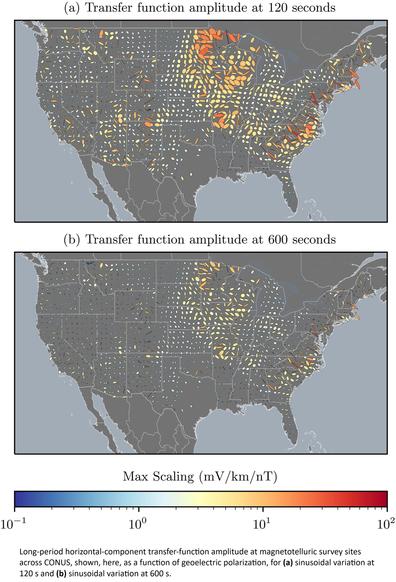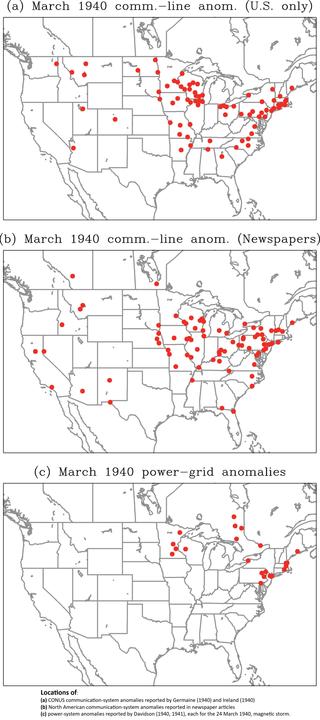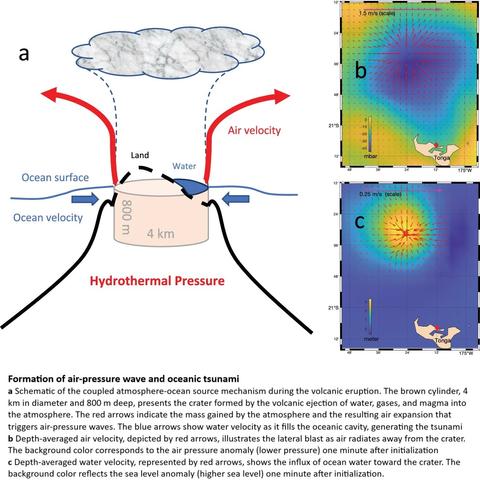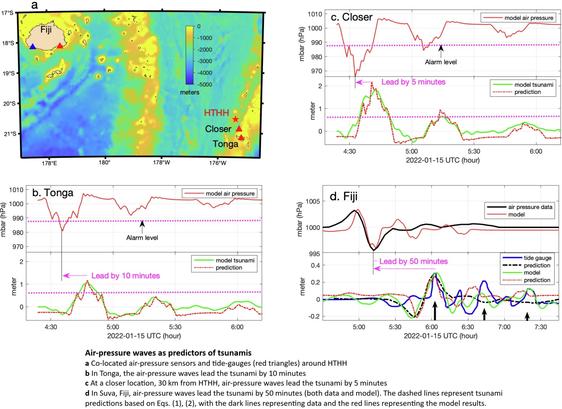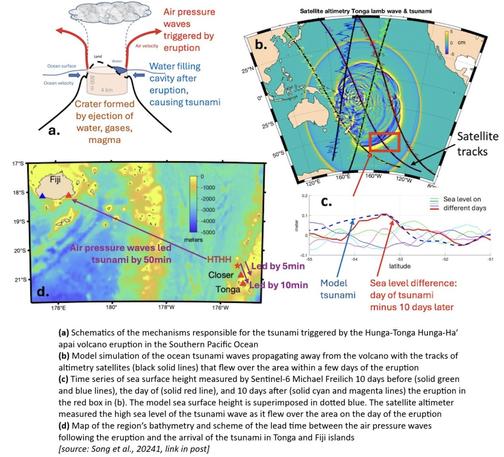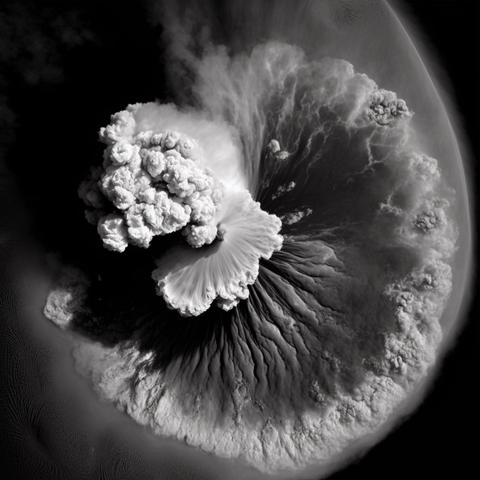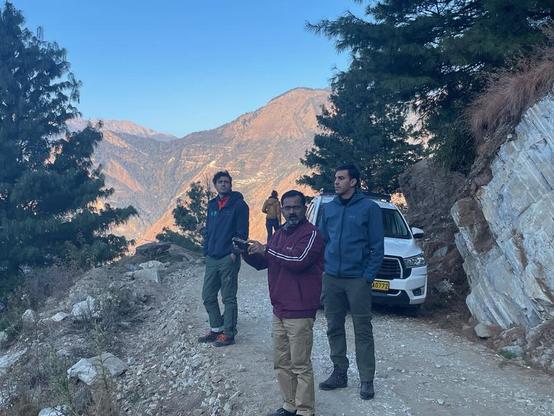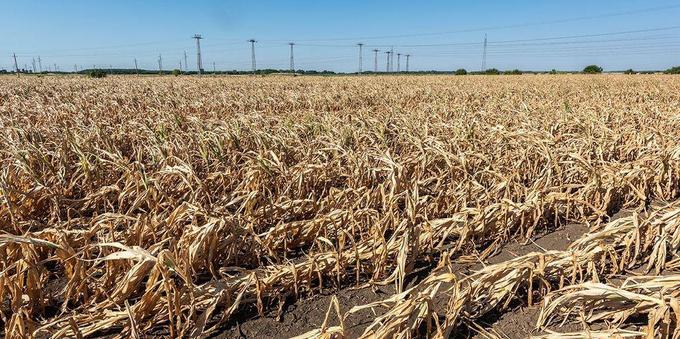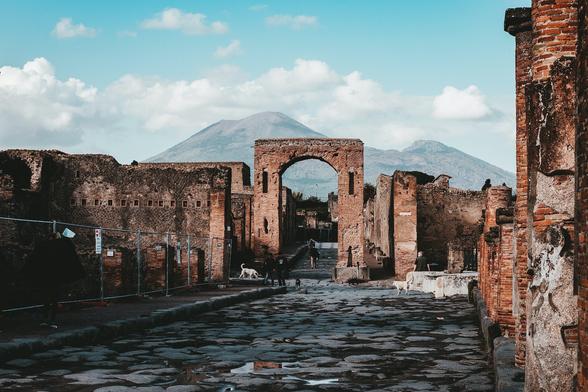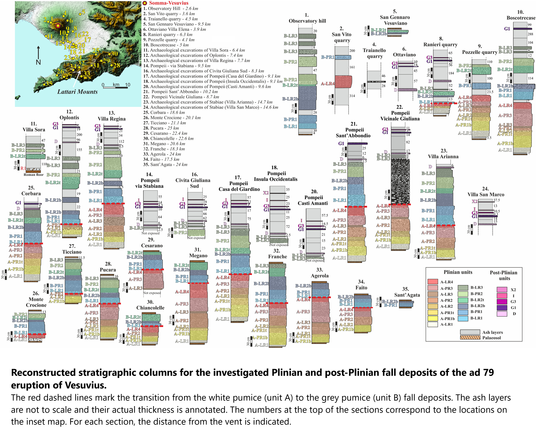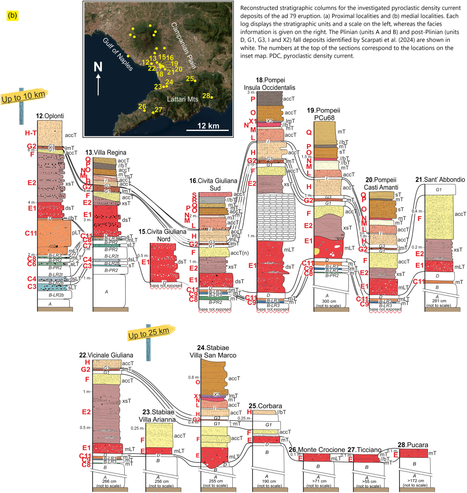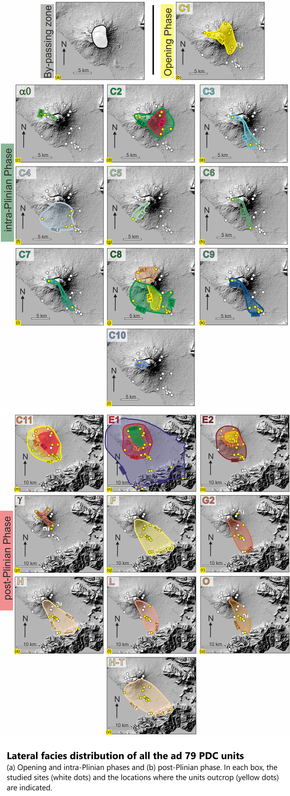I'm going to take advantage of the current #eruption on Mt #Etna to discuss some of the challenges of #modelling #lava flows. Buckle up (or just silence me) because this is going to be a long thread.
First of all, why do we want to model lava flows? The answer most definitely isn't «because we can», since —as I'm going to explain momentarily— we actually cannot. Still having an idea about how lava flows and sets in place is a powerful tool for the assessment (and possibly mitigation) of the associated #hazard and #risk: if we can tell how lava flows, we can tell which areas are going to be reached by the lava, and hopefully also improve the design of tactical and strategic actions that can be taken to minimize the damage.
(Of course, whether or not those actions will then be taken is an entirely different matter, but that's mostly politics, not science.)
1/
#MtEtna #modelling #simulation #CFD #NaturalHazard #hazardAssessment #riskAssessment #riskMitigation
